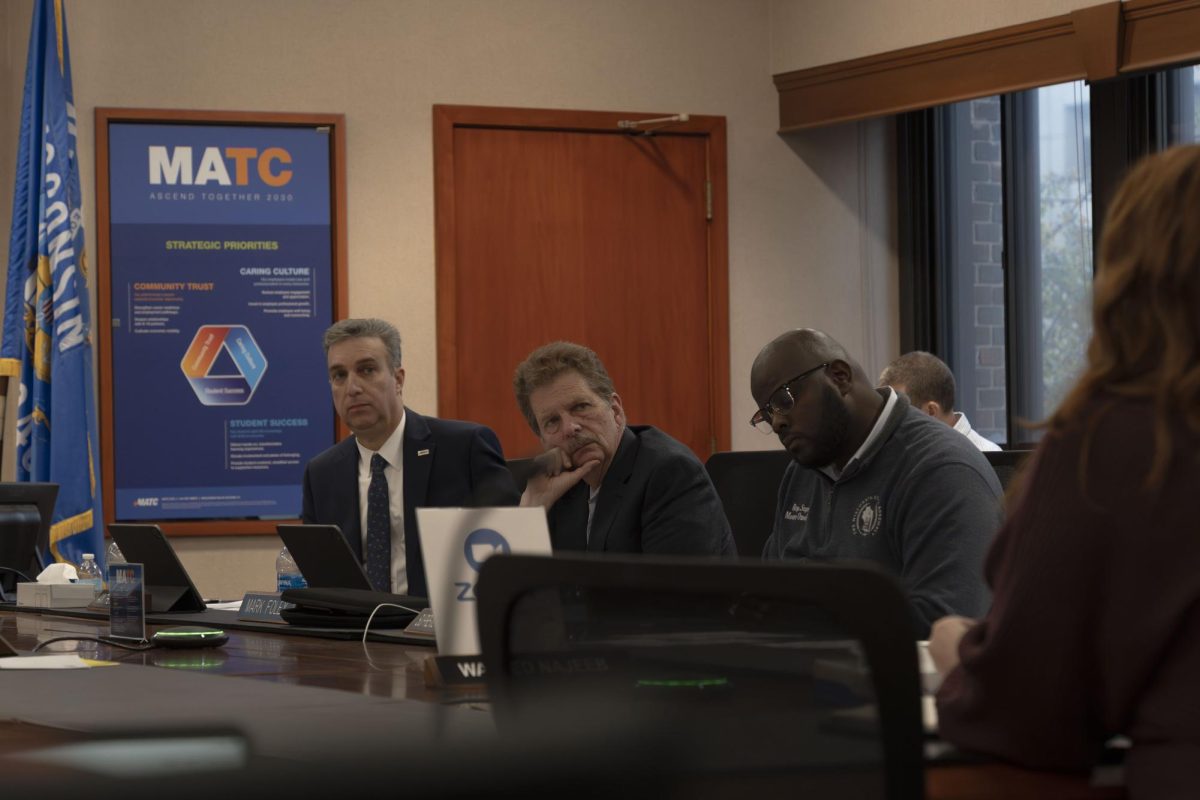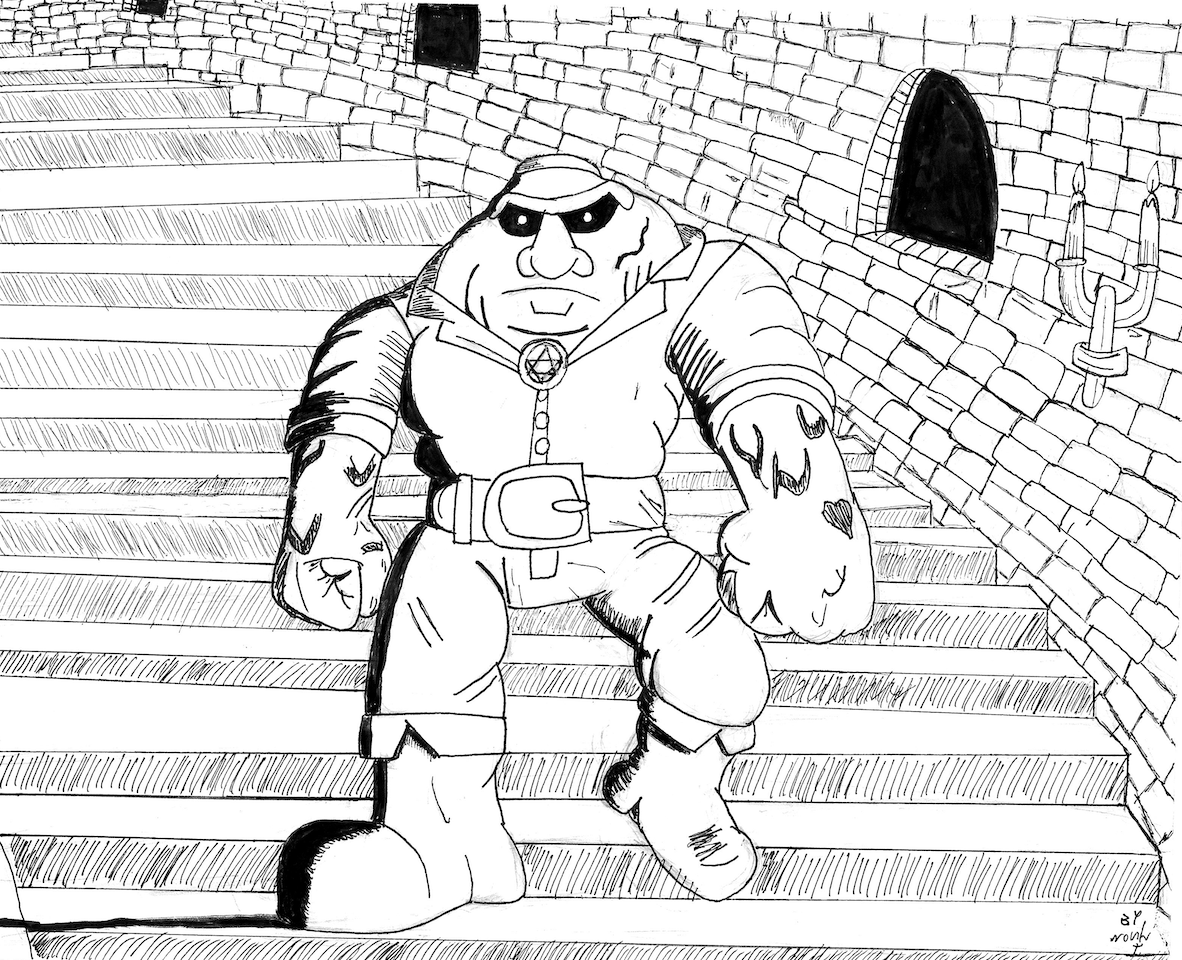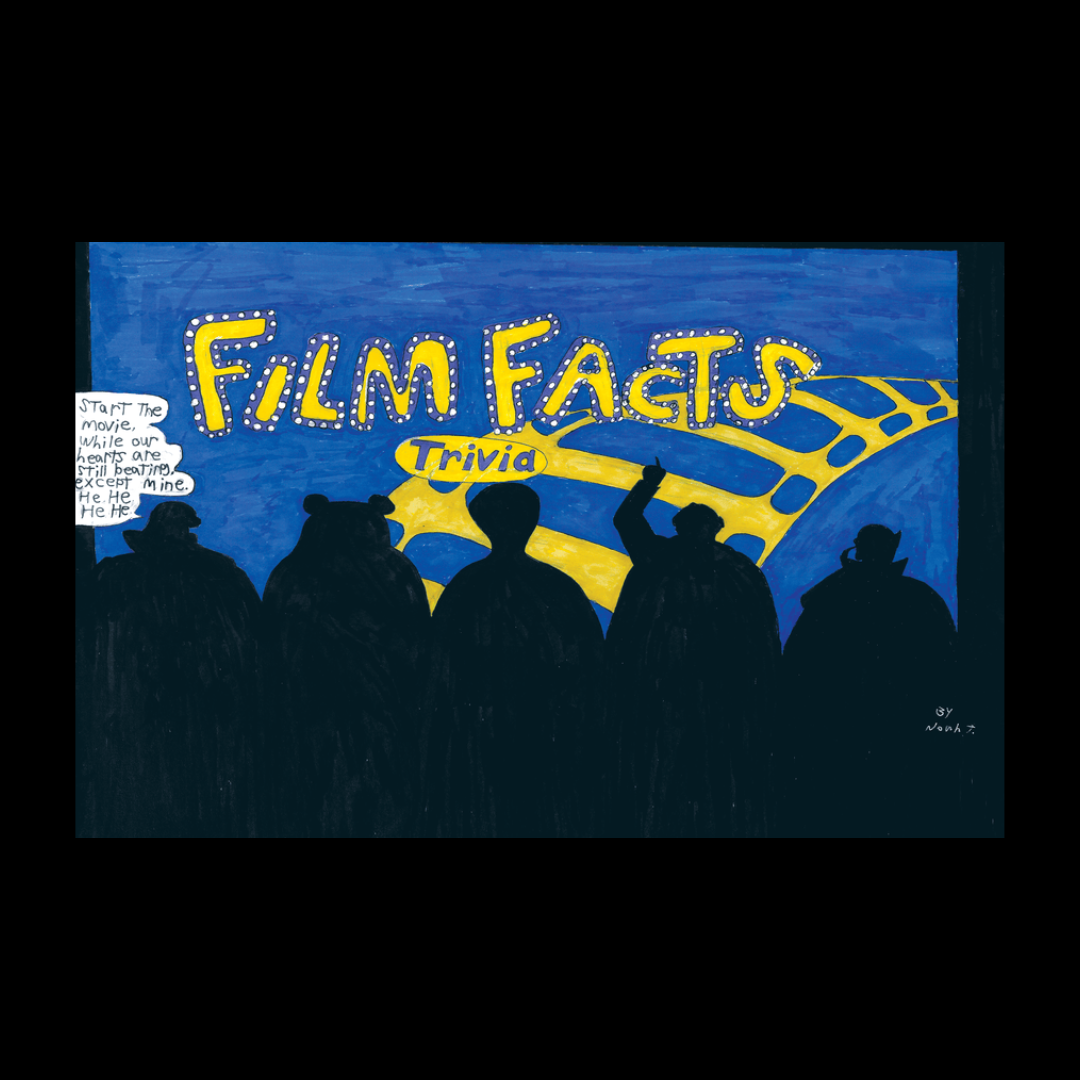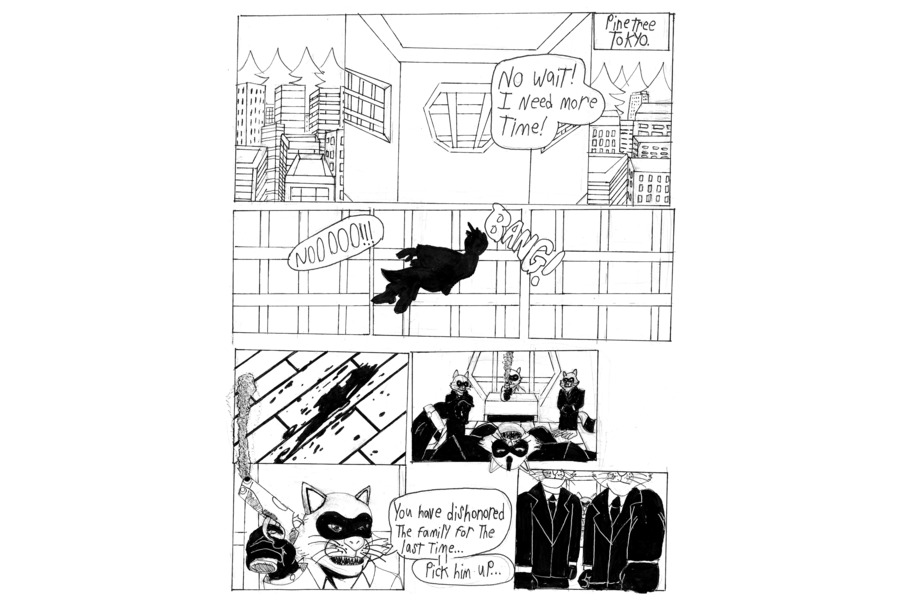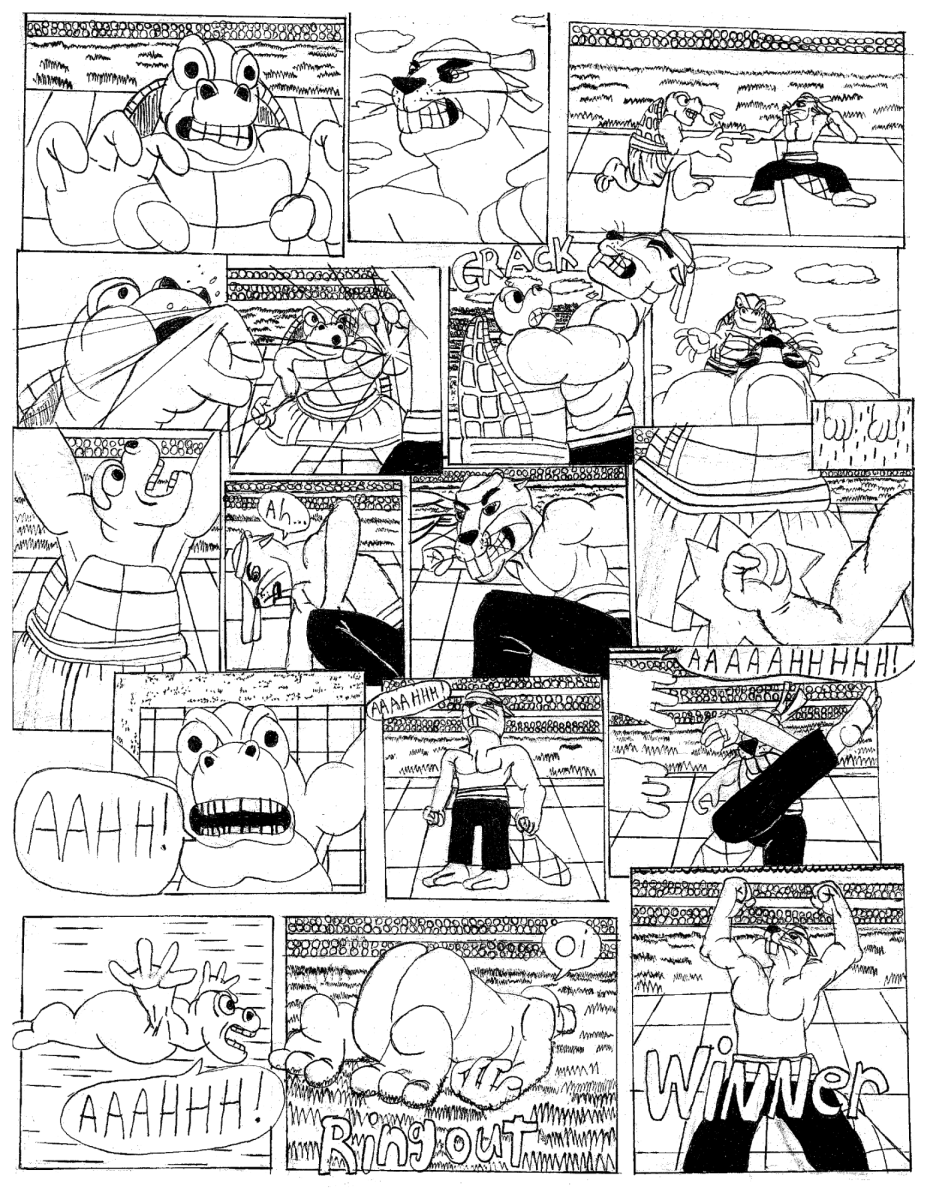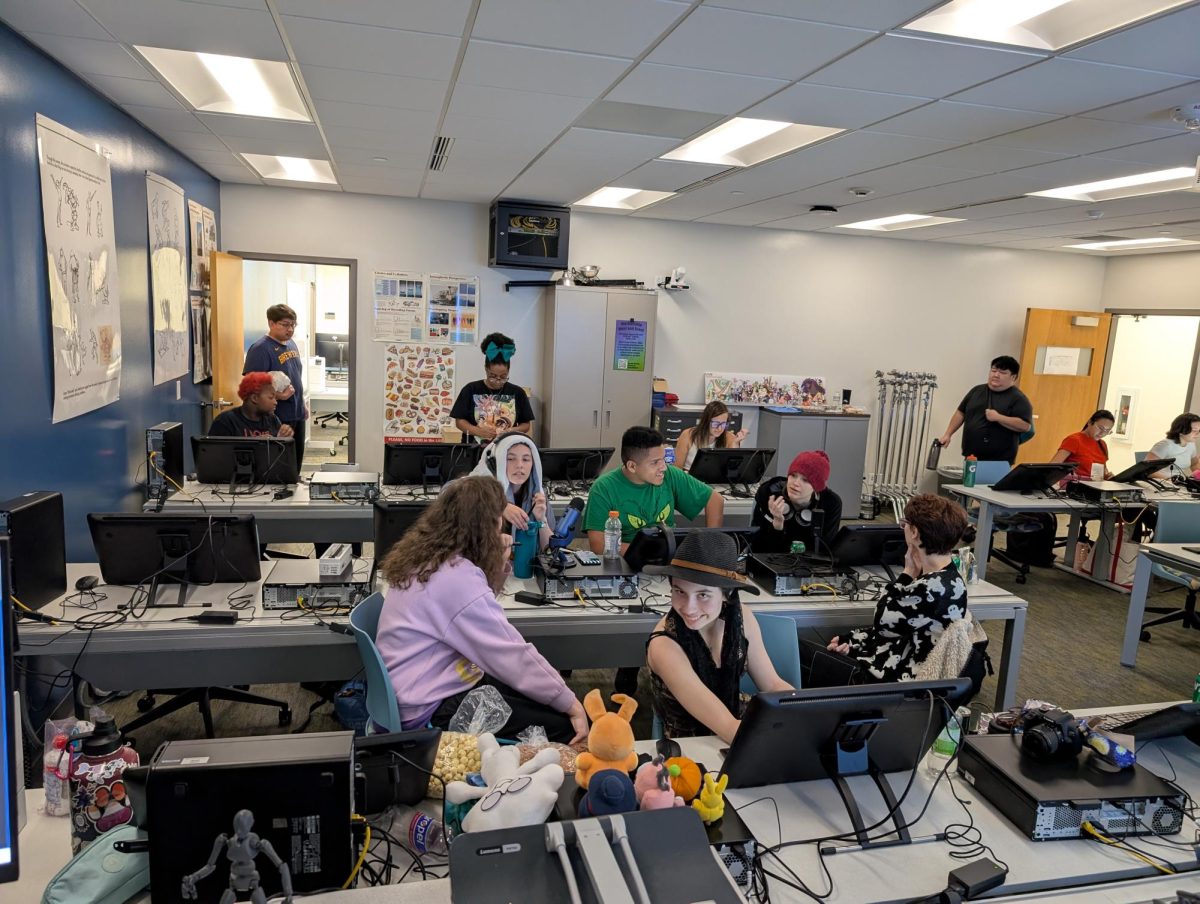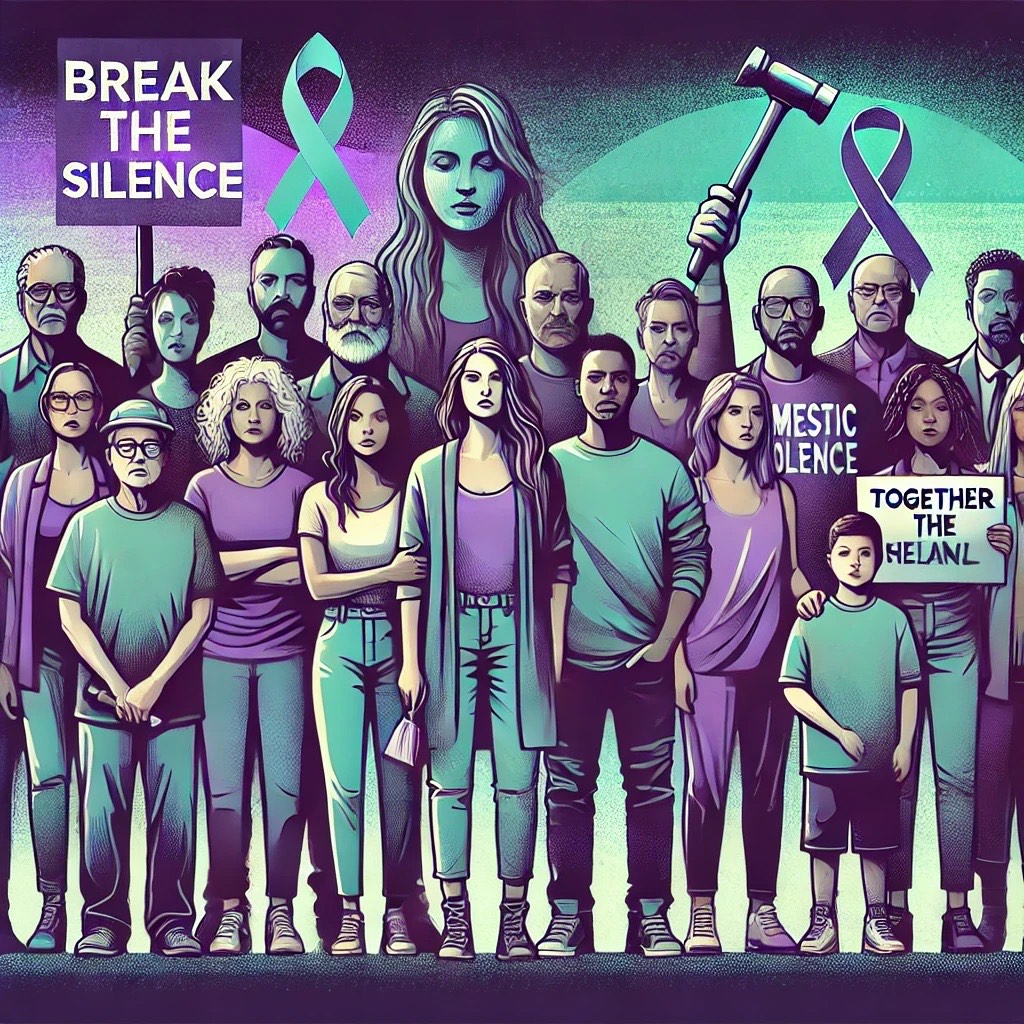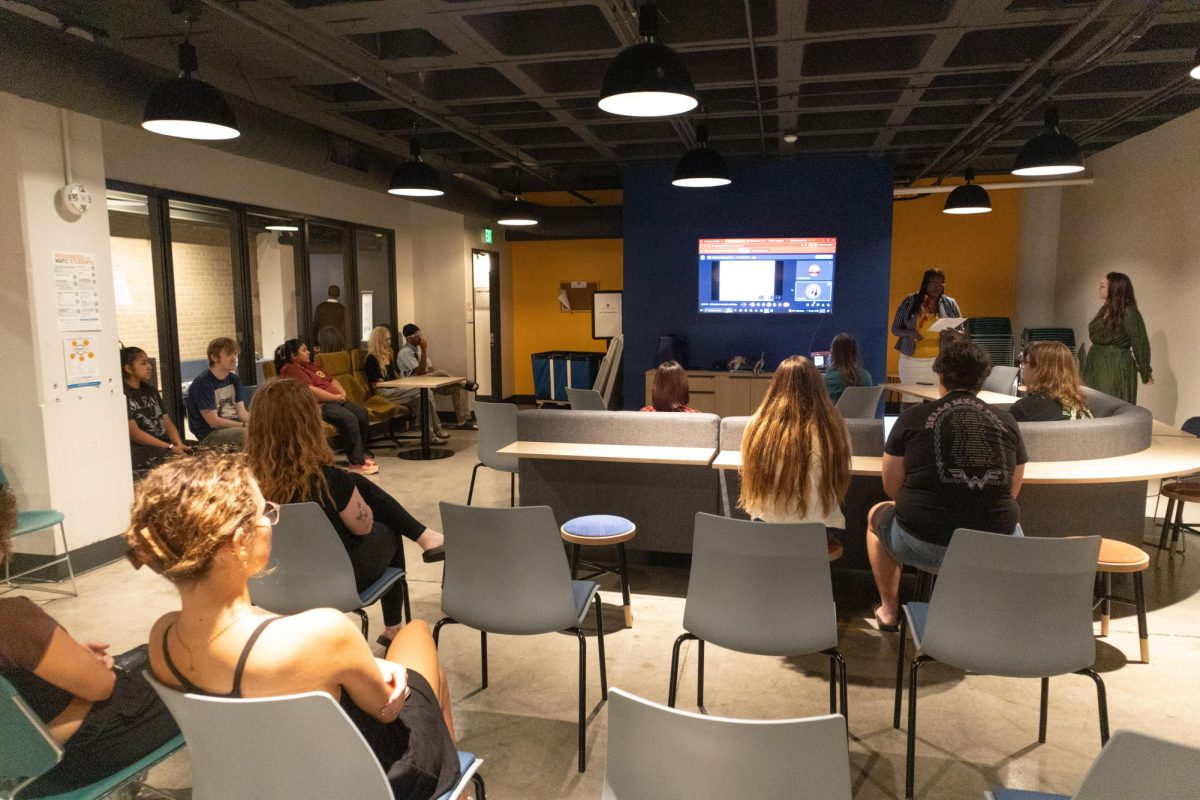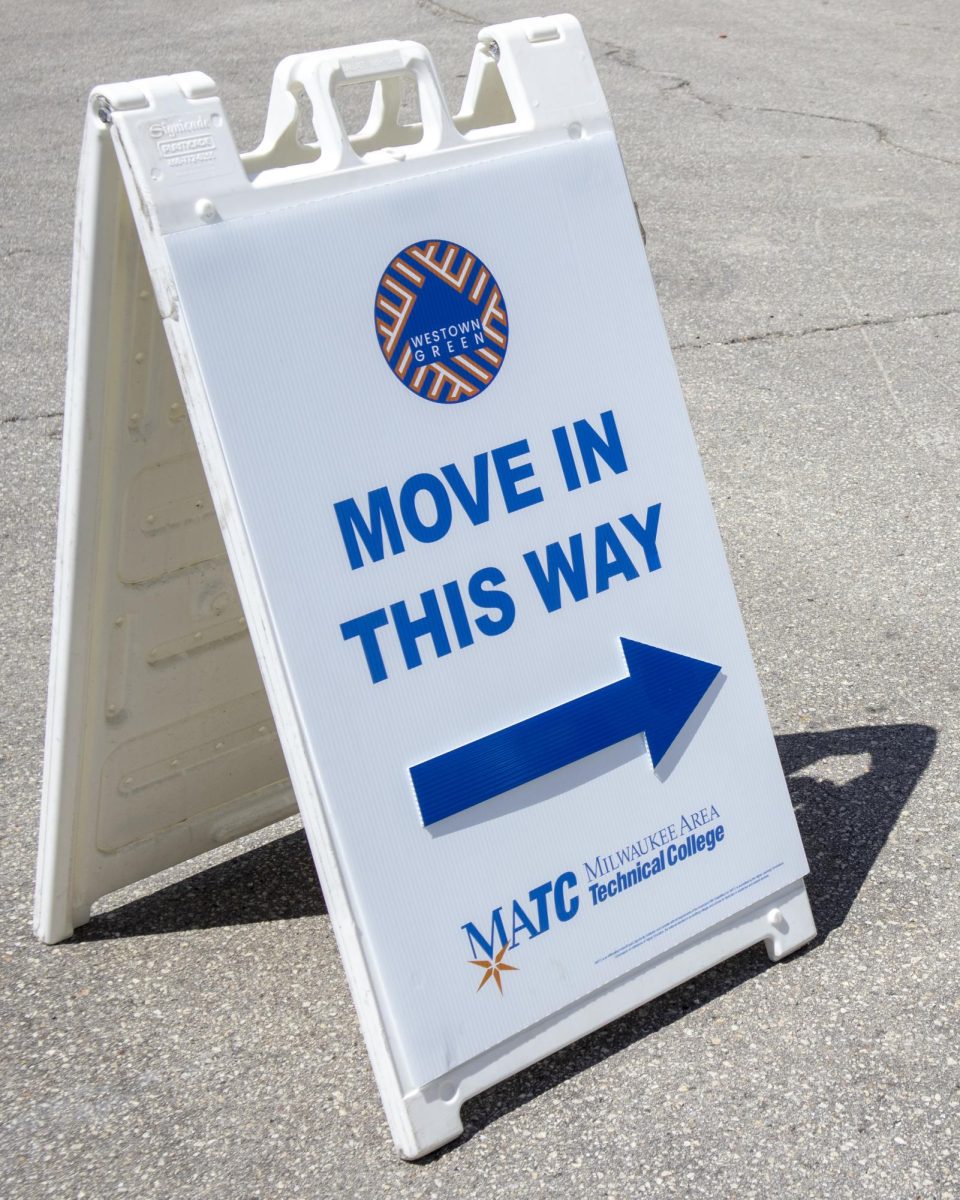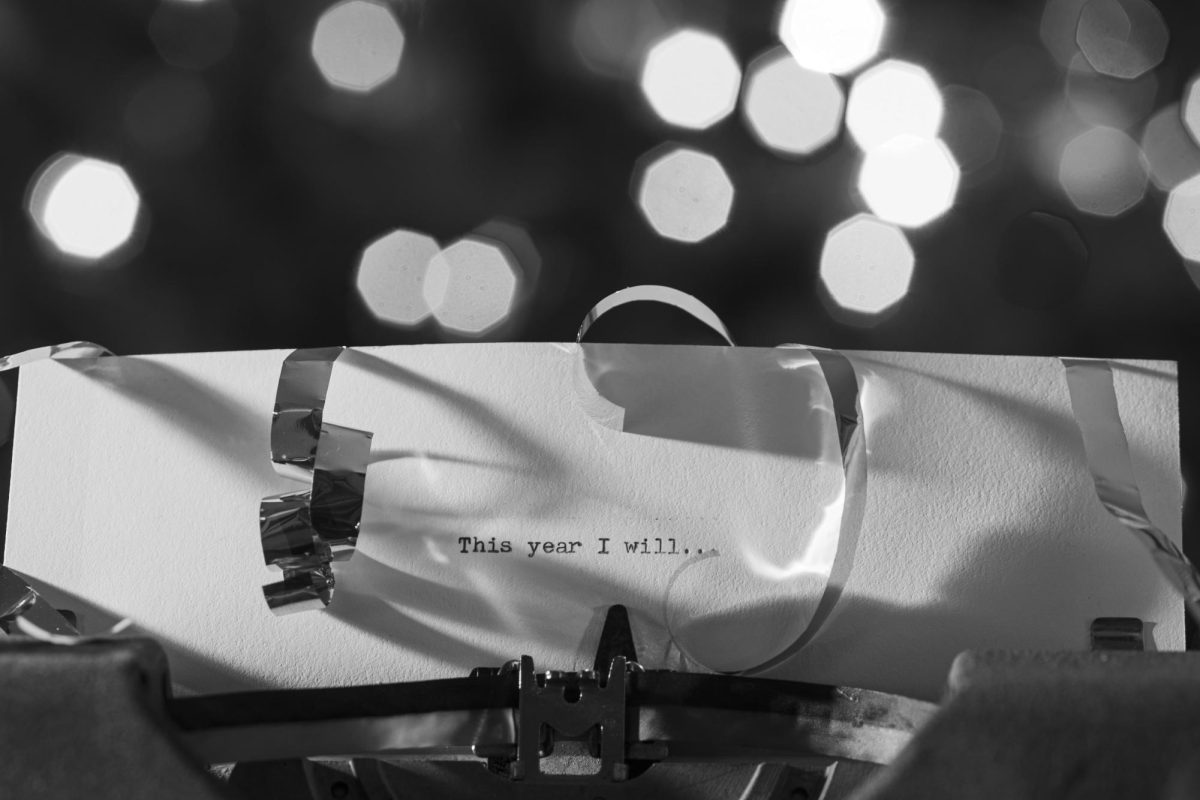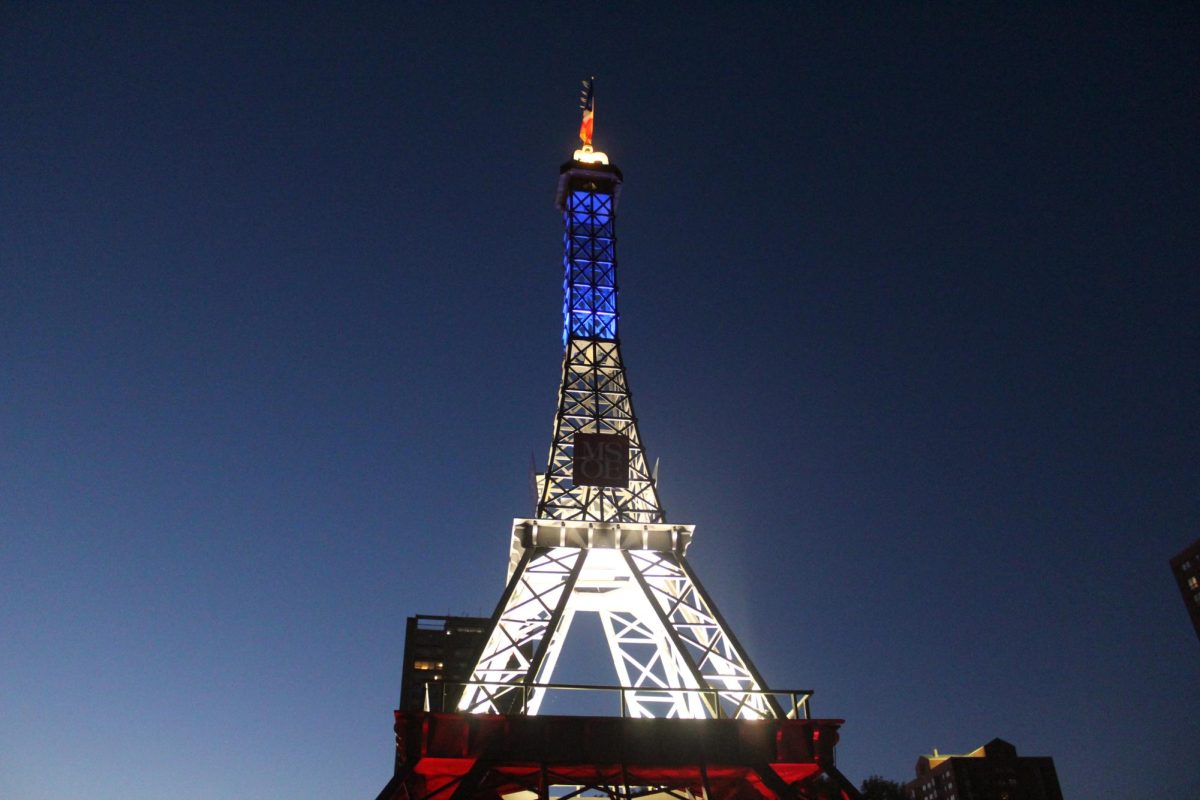Normally, when somebody says the word “planetarium,” you usually associate it with the images of sitting in a domed theatre, looking up at the night sky to try and find the constellation the tour guide is speaking of. The show Rock Stars, currently taking place at the Daniel M. Soref Planetarium, is anything but your normal planetarium experience.The Digistar 3 planetarium computer system is located inside the Daniel M. Soref Planetarium and projects full-dome video in the IMAX theater. In addition, it features state-of-the-art digital imaging and 12,000 watts of surround sound, a necessity when attending any rock concert. During this performance, space scenes and bright organic patterns evoke the trippy heyday of the laser light show, while the auditorium resounds with the power chords of Rush’s “Tom Sawyer,” the frenzy of the Doors’ hit “Break on Through” or the roots rock twang of Creedence Clearwater Revival’s “Bad Moon Rising.” Watch as rock and roll comes to life in this full dome, high-resolution, digitally-animated show Rock Stars, an 11-song thrill ride for music lovers of all ages.
The 11 songs included in the show are Emerson, Lake and Palmer’s “Karn Evil 9, 1st Impression pt. 2,” The Doors’ “Break on Through,” Creedence Clearwater Revival’s “Bad Moon Rising,” “Purple Haze,” by Jimi Hendrix, “Another Brick in the Wall pt. 2,” by Pink Floyd, Led Zeppelin’s “Good Times Bad Times,” Aerosmith’s “Sweet Emotion,” Rush’s “Tom Sawyer,” Midnight Oil’s “Beds Are Burning,” “Where the Streets Have No Name,” by U2, and Metallica’s “Enter Sandman.”
“Karn Evil 9, 1st Impression, pt. 2” began the show by fading in during the short break of electronics that followed the main instrumental section of the piece, making it more straightforward and dynamic. This particular song still stands today as a classic progressive rock track, and begins with the lyrics, “Welcome back my friends to the show that never ends.” While these lyrics are being spoken, you feel like you are being transported in a small cart through a movie theater, up stairs, through the snack area, and finally ending up in front of a giant black movie screen.
The Doors’ song “Break on Through” draws the listener in not only because of its Latin-derived opening, but also because immediately the lyrics indicate that something is different. These aspects of the song build with Ray Manzarek’s throbbing bass pedals and Robbie Krieger’s understated lead guitar. Suddenly, the band turns a corner and sonically explodes behind Morrison’s frenetic led vocals, shouting, “Break on through to the other side.” At this point during the show, a dazzling array of abstract images flash before your eyes, evoking the physical sensation of moving through space.
“Break on Through” serves as a sort of a wake up call to all concerned parties that the social rules-both spoken and understood-have radically changed and are no longer what they may seem.
“Bad Moon Rising” was one of Creedence Clearwater Revival’s most explicitly rockabilly-rooted songs, sounding in some respects like an updated version of the kind of ambience Elvis Presley and Carl Perkins created. The early rockabilly atmosphere was established immediately with the initial bursts of choppy chords, brisk rhythm, John Fogerty’s slightly reverbed voice, and overall leanness of production. While listening to Fogerty’s lyrics, landscape images of the moon appear before you, and at some points you feel like you are actually flying across the surface of the moon, with images of the earth and sun visible in the background.
“Purple Haze” was an early signature song for Jimi Hendrix and currently remains his best-known composition. The lyrics of the song, while nominally referring to the mental disorder caused by a spell put on the narrator by a girl, are easily interpretable as being about a drug experience. Whatever the cause, it is obvious that the narrator is disoriented and upset. The lyrics are less important than the relentlessly driving, if relatively slow-paced underlying music, which provides a good platform for some of Hendrix’s inventive guitar playing as well as an opportunity for 3D images of the Earth, stars, and the like to appear on the screen before the viewer and give a sense of wandering through the universe.
With its eerie, almost over-long intro, “Sweet Emotion” picks up where “Walk This Way” leaves off. Both songs with the funky drumbeats and Steven Tyler’s essential “rappings” are from Aerosmith’s breakthrough album Toys in the Attic. There is an air of danger and anger to the song that’s not present in Aerosmith’s party-time tunes. What makes this song even more visually interesting is that every time the words “Sweet Emotion” are sung, the words actually spell themselves out on the screen, starting at one end of the screen, and then vanish off of the other. The song rolls along on the strength of Joey Kramer’s big beat. However, it’s the repetitive guitar chords and then a gigantic riff that delivers the ultimate whomp. It’s almost Southern rock in its boogie quotient, with a certain sloppiness that only a messed-up, vintage Aerosmith could muster.
The sci-fi mien presented in “Tom Sawyer” is established through keen synthesizer dabbling as well as some mild background effects, while the heavy rock sound is garnered by Alex Lifeson’s guitar work and Neil Peart’s explosive drum rolls. Whether the song’s novelty is spawned from Geddy Lee’s nasally vocal thrust or the subtle changing of pace throughout, the result is something quite different and colorful, especially when compared to other hard rock at the time. The poetry may be a bit cryptic, and Rush’s progressive roots may be showing to a slight degree, but these elements are curbed, maintained and then added to an amiable three-minute formula.
“Tom Sawyer’s” rhythm is simple, the instruments are easy to pick out and there’s enough movement to hold interest all the way through (not to mention a few hooks). What makes this piece visually entertaining is that throughout parts of the song it appears as if rain is falling down from the top of the screen, and you feel like you can reach out and touch it.
The same applies when a 3D image of the earth comes rotating so close that you feel you can reach out and touch it, but you don’t for fear of hitting the person in front of you in the back of the head.
Its insistent, propulsive rhythmic drive and anthemic chorus eventually earned “Where the Streets Have No Name” its status as part of the uppermost echelon of the band’s repertoire, and an enduring fan favorite. With the slow build of its arrangement toward a climactic peak, “Where the Streets Have No Name” was a perfect album-opener, fading in first with atmospheric synths that gave no indication of the song’s tempo.
The Edge then entered with an up-tempo, chiming guitar arpeggio, run through a delay effect (in which each note rang out twice) to make it sound even busier. This perpetual forward momentum lent greater force to the song’s lyrics, which pleaded for a utopian sort of freedom vaguely linked with natural imagery and an escape from urbanization.
Bono’s delivery was passionate and grandiose, his commitment to the material unshakable. During “Where the Streets Have No Name,” an image of a deserted city is presented before you, while you dive down between the giant skyscrapers and cruise across the empty city streets.
“Enter Sandman” is a burst of stadium-level metal that, once away from the buildup intro, never lets up (outside of a breakdown near the end which brilliantly utilizes that famous “now I lay me down to sleep” bedtime prayer in such a way to add to the scary movie aspect of the song). During the “now I lay me down to sleep” part of the song, rows and rows of lit candles appear before you, while you travel across them, eventually stopping at a black-cloaked figure, who turns out to be the grim reaper.
Lyrically, the song was built around one of Jame
s Hetfield’s weird song titles, and centers around nightmares and all that come with them.
Overall, the performance was excellent, but could have lasted a bit longer than just 45 minutes. The show is playing until September. If you would like any more information on it, you can contact the Daniel M. Soref Planetarium at 414-319-4629. It is a show that is sure to thrill rock and roll lovers of all ages.

